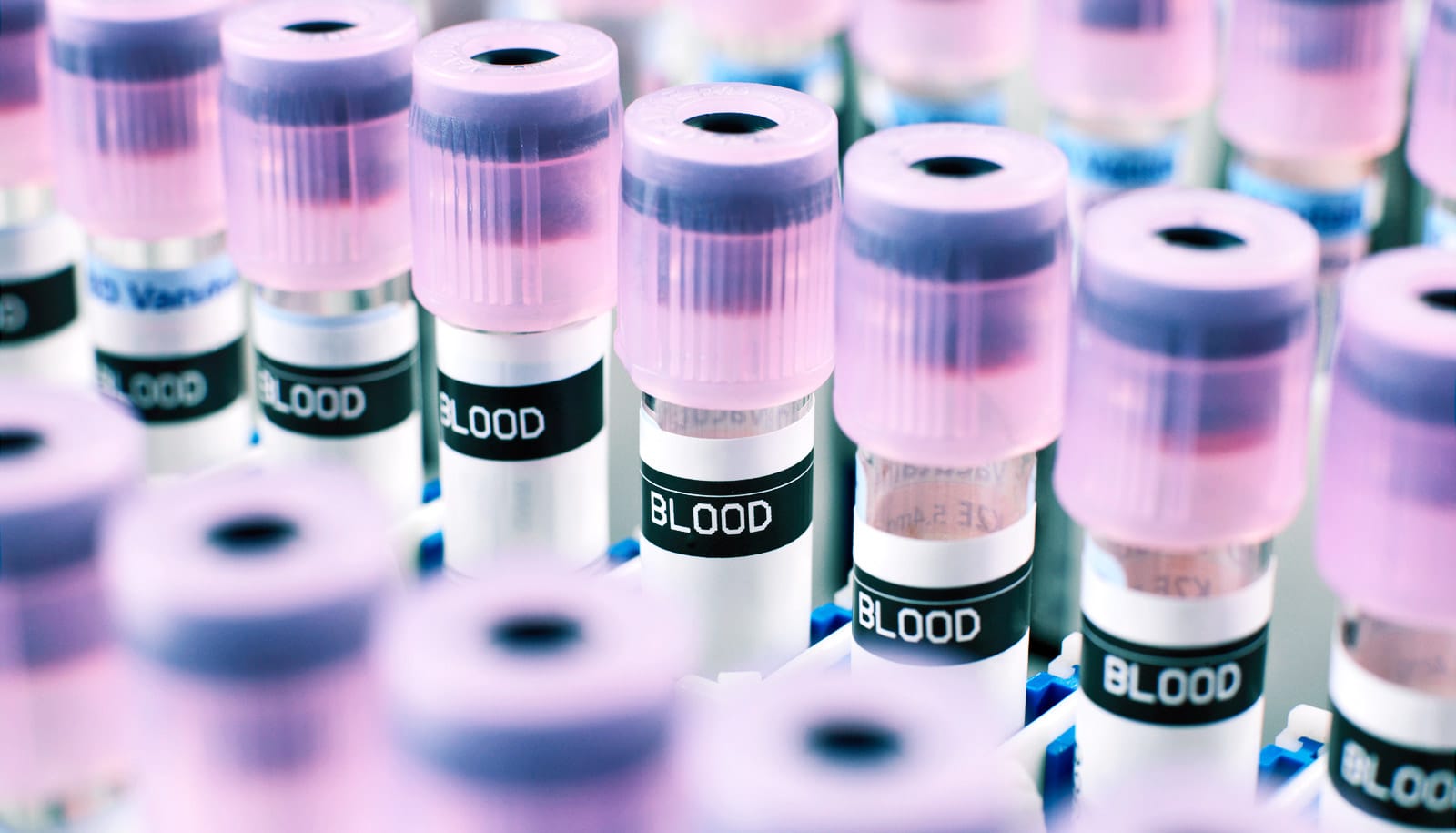New research may explain the link between a high level of iron in the body and prostate cancer.
The researchers uncovered the role of the iron storage gene FTH1 and its pseudogenes in regulating iron levels in cells and slowing down prostate cancer growth. The new findings could pave the way for future developments in prostate cancer diagnostics and therapeutics.
“Targeting or restoring proper iron storage could also be a potential avenue for therapeutic development.”
Prostate cancer is the most common cancer and the second leading cause of cancer death in men worldwide. The survival rate for prostate cancer is high with early diagnosis but it falls significantly at advanced stages. Currently, there is no available drug to treat aggressive or late-stage prostate cancer, and the accuracy of current screening techniques remain relatively low at 20 to 30 percent.
With global prostate cancer incidence rising rapidly, accounting for 9.6 percent of all newly diagnosed cancer cases in 2017, there is a need to attain better understanding of the underlying biological mechanisms leading to the disease in order to build more robust diagnostic tools and efficacious therapies against it.
In a paper in Nucleic Acids Research, researchers from Cancer Science Institute Singapore at the National University of Singapore focused their investigation on the iron storage gene, FTH1, noting the link between iron level in cells and the development of prostate cancer. They found that the function of FTH1 is highly influenced by its pseudogenes, a set of genes originating from their parental gene, which were previously thought to be non-functional and were classified as “genomic junk.” FTH1 and its pseudogenes are often suppressed in prostate cancer, and expression of both FTH1 and its pseudogenes are required to reduce iron levels in cells and slow down prostate cancer growth.
Lack of iron and B12 tied to aggression in boys
Further experiments showed that a shared pool of microRNAs link FTH1 and its pseudogenes. These microRNAs are often highly expressed in prostate cancer, and they inhibit the regulation of iron levels by the genes. As such, isolating and manipulating the pool of microRNAs can therefore relieve the inhibition, restoring the iron regulatory functions of FTH1 and its pseudogenes and their tumor-suppressive effects.
“Our study presents an interesting finding in the form of the multicomponent, tumor-suppressive FTH1 gene:pseudogene network which can be harnessed for future diagnostic and drug development. The highly expressed microRNAs that link FTH1 and the pseudogenes are attractive biomarkers, as well as therapeutic targets for prostate cancer. Targeting or restoring proper iron storage could also be a potential avenue for therapeutic development,” says assistant professor Yvonne Tay, principal investigator at CSI Singapore, who led the study.
Other types of cancer also have links to high iron levels in cells. As such, the research team will further explore and delineate this regulatory network, not only in prostate cancer, but also other cancer types to uncover more potential biomarkers and drug targets for more effective cancer treatment.
Source: National University of Singapore



